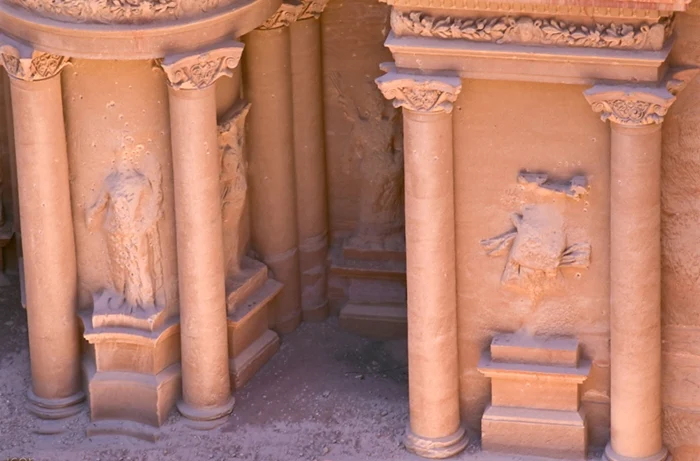Presso la cittadina araba di Ma’an, nel sud della Giordania, sorge Petra, nota anche come la Città delle Tombe o la Città Rosa, l’antica capitale del regno dei Nabatei, dichiarata dall’UNESCO Patrimonio Culturale dell’Umanità.
Petra fu l'imponente capitale del regno nabateo dal VI secolo a.C. circa.
Il regno fu assorbito dall'Impero romano nel 106 d.C. ed i Romani continuarono a espandere la città.






